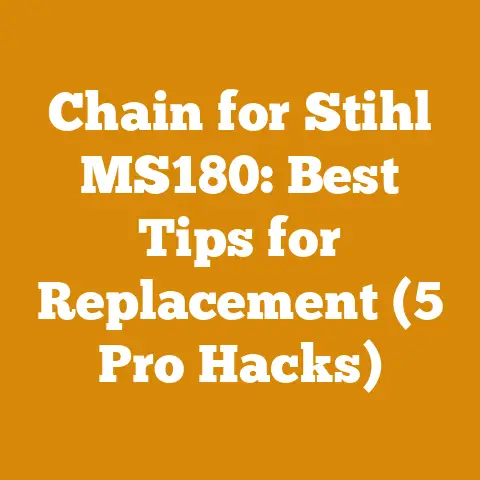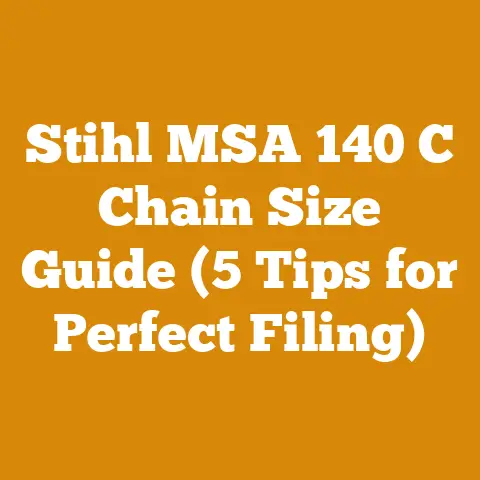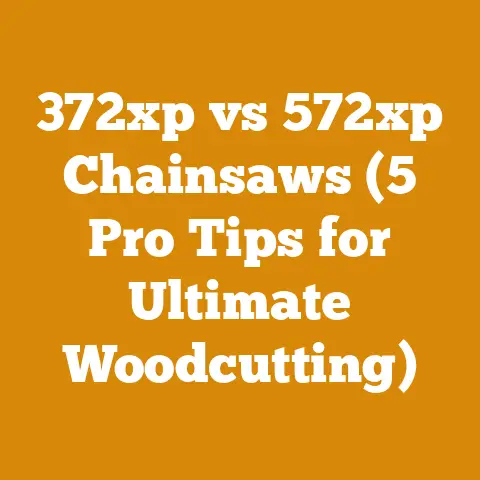## Brush Cutter vs. Line Trimmer: 5 Pro Tips for Dense Brush
Choosing the right tool for tackling overgrown vegetation can be the difference between a quick, satisfying job and a frustrating, time-consuming battle. When faced with dense brush, knowing the strengths and weaknesses of a brush cutter versus a line trimmer is crucial. **Quoting an Expert:**
"Many homeowners reach for their line trimmer when faced with thick weeds or small saplings, but that's like trying to fell a tree with a butter knife," says Mark Johnson, a professional landscaper with over 20 years of experience. "A brush cutter is specifically designed for heavier vegetation, offering the power and durability a line trimmer simply can't match."
This blog post will delve into the key differences between these two tools and provide five pro tips for efficiently clearing dense brush, regardless of which tool you choose. **Brush Cutter vs. Line Trimmer: Understanding the Differences**
| Feature | Brush Cutter | Line Trimmer (Weed Eater) |
|----------------|--------------------------------------------|----------------------------------------------------|
| **Purpose** | Heavy-duty cutting of thick brush, saplings, and dense weeds. | Trimming grass, light weeds, and edging lawns. |
| **Cutting Head**| Metal blades (various types) | Nylon string (or occasionally plastic blades) |
| **Power** | More powerful engine (gas or battery) | Less powerful engine (gas, electric, or battery) |
| **Blade Types**| 2-tooth, 3-tooth, 4-tooth, 8-tooth, circular saw blades | N/A |
| **Durability** | Built for tougher conditions and materials | Designed for lighter, less demanding tasks |
| **Cost** | Generally more expensive | Generally less expensive |
| **Safety** | Requires more safety precautions due to blade type | Requires standard safety precautions |
| **Weight** | Heavier and more cumbersome | Lighter and more maneuverable |
**When to Choose a Brush Cutter:**
* You need to cut through thick weeds, bushes, or saplings (up to a few inches in diameter). * The area you're clearing is heavily overgrown and requires a robust tool. * You need to clear large areas of tough vegetation. * You are dealing with thorny or woody plants. **When to Choose a Line Trimmer:**
* You're primarily trimming grass and light weeds. * You need to edge your lawn. * The area you're clearing is relatively small and free of heavy brush. * Maneuverability is a top priority. **5 Pro Tips for Tackling Dense Brush:**
1. **Choose the Right Blade (Brush Cutter):** The blade is the most critical component of a brush cutter when dealing with dense brush. * **2-tooth or 3-tooth blades:** Ideal for thick, woody vegetation and saplings. They offer aggressive cutting power but can be more prone to kickback. * **4-tooth or 8-tooth blades:** Better for dense grass and weeds, offering a cleaner cut with less kickback. * **Circular saw blades:** For the most demanding jobs, like cutting through thicker saplings and small trees. Use with extreme caution and only if you're experienced. 2. **Adjust Your Technique (Both Tools):**
* **Brush Cutter:** Use a sweeping motion, cutting in an arc. Avoid forcing the blade into the vegetation; let the blade do the work. Be mindful of kickback, especially with 2-tooth and 3-tooth blades. Practice in a safe, open area before tackling dense brush. * **Line Trimmer:** Use a scything motion, overlapping your passes. Work from top to bottom to prevent the string from getting tangled in dense growth. Consider using a thicker, more durable string for tougher weeds. 3. **Work in Layers (Both Tools):** Don't try to clear everything at once. Start by cutting the top layer of vegetation, then work your way down in stages. This will prevent the tool from getting bogged down and make the job more manageable. This is especially important with line trimmers. 4. **Maintain Your Equipment (Both Tools):** A sharp blade (brush cutter) or fresh string (line trimmer) is essential for efficient cutting. * **Brush Cutter:** Sharpen your blades regularly with a file or grinder. Inspect the blade for damage before each use. Ensure the blade is properly balanced. * **Line Trimmer:** Replace the string frequently, especially when it becomes worn or frayed. Clean the cutting head regularly to remove debris. 5. **Prioritize Safety (Both Tools):** Safety is paramount when using any power tool. * **Wear appropriate safety gear:** Eye protection (safety glasses or a face shield), hearing protection (earplugs or earmuffs), gloves, long pants, and sturdy boots are essential. * **Clear the area:** Remove any obstacles (rocks, branches, debris) from the area you'll be working in. * **Be aware of your surroundings:** Watch out for people, pets, and property. * **Read the manual:** Familiarize yourself with the tool's operating instructions and safety precautions. * **Brush Cutter Specific:** Be extra cautious of kickback. Maintain a firm grip and a wide stance. **Conclusion:**
While a line trimmer is a valuable tool for maintaining a neat lawn, a brush cutter is the clear choice for tackling dense brush. By understanding the capabilities of each tool and following these pro tips, you can efficiently and safely clear even the most challenging vegetation. Remember to prioritize safety and choose the right blade or string for the job. With the right tool and technique, you can reclaim your yard from overgrown brush and enjoy a well-maintained landscape.






